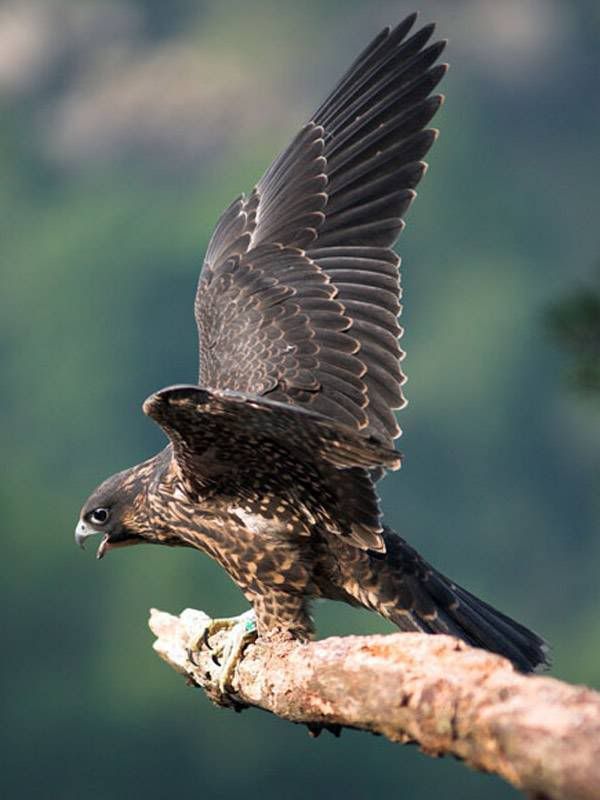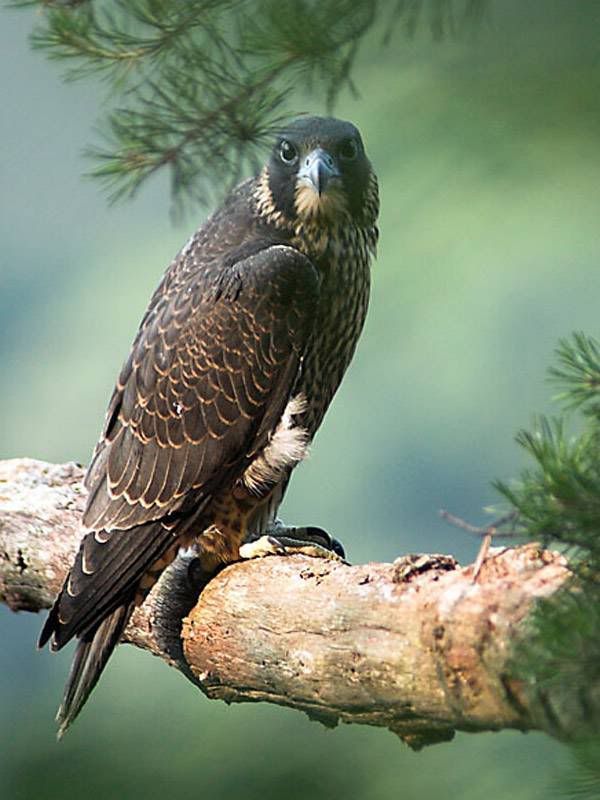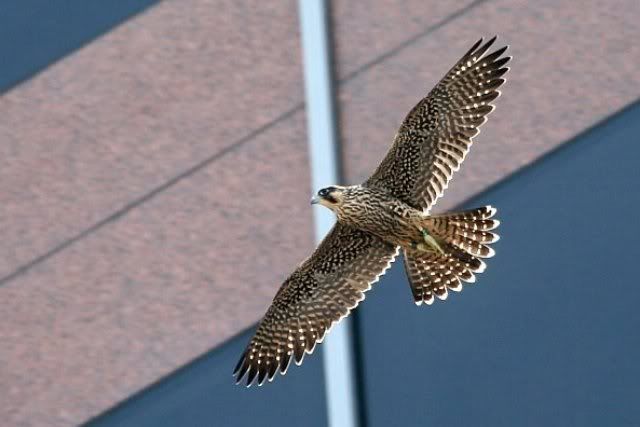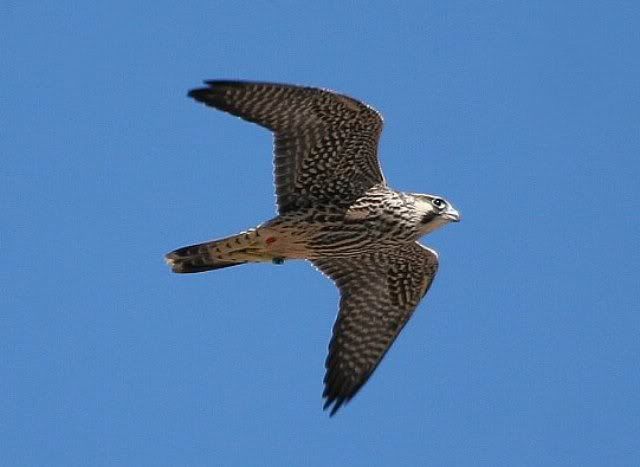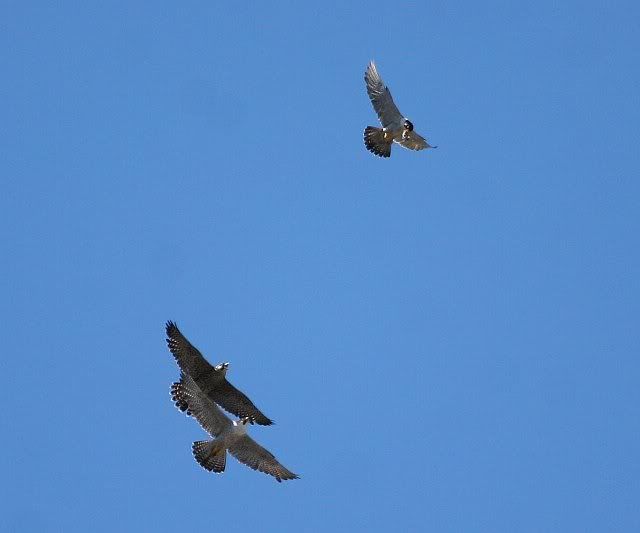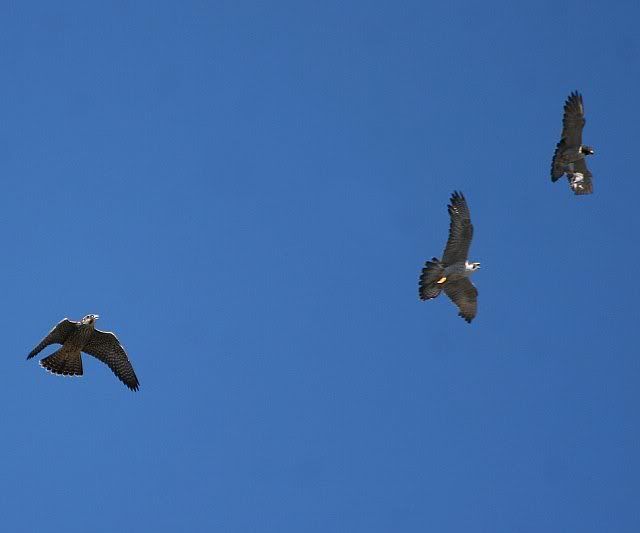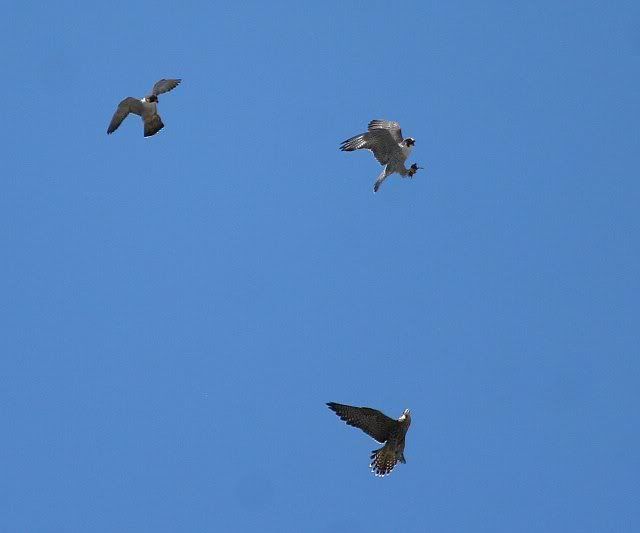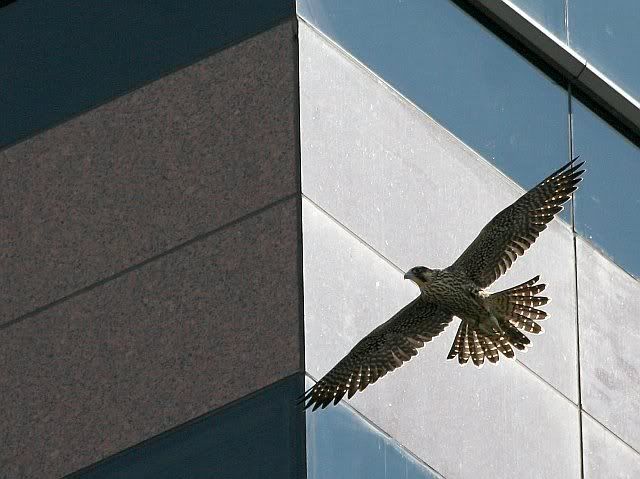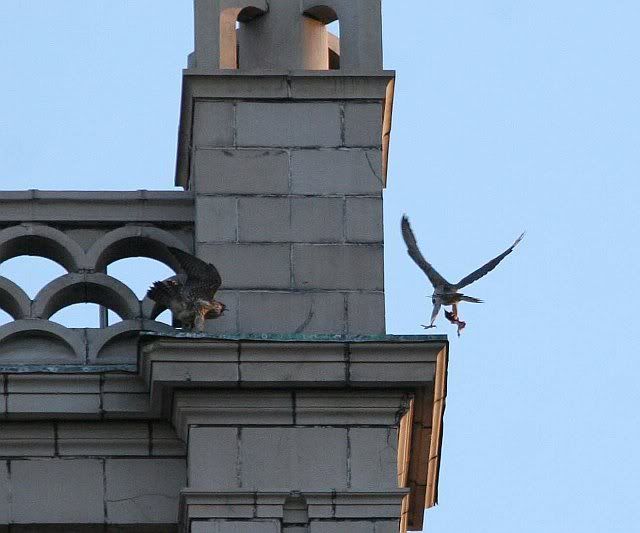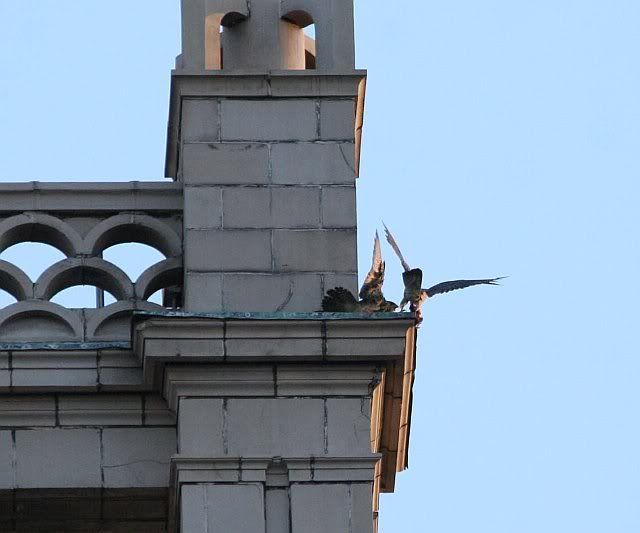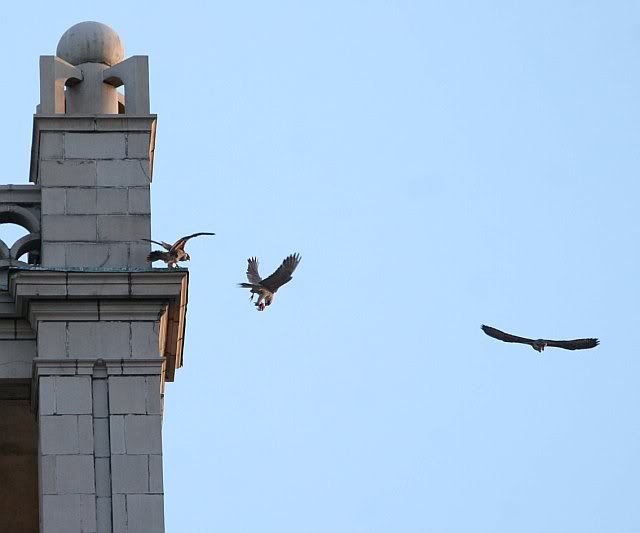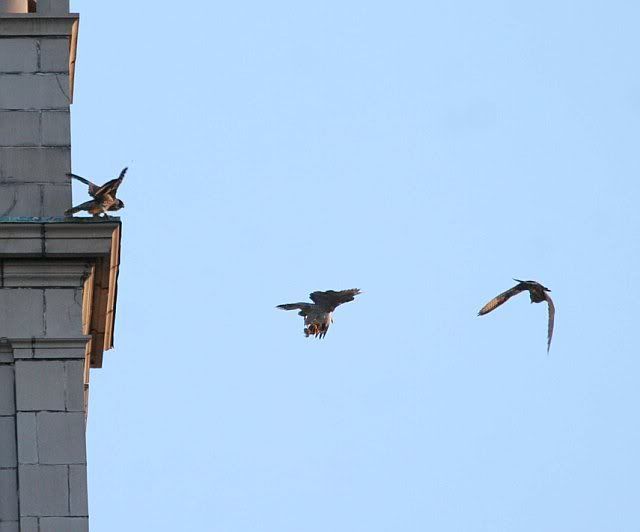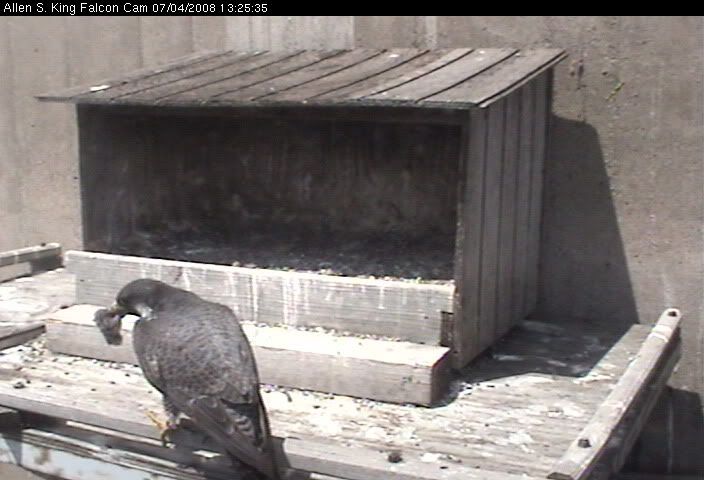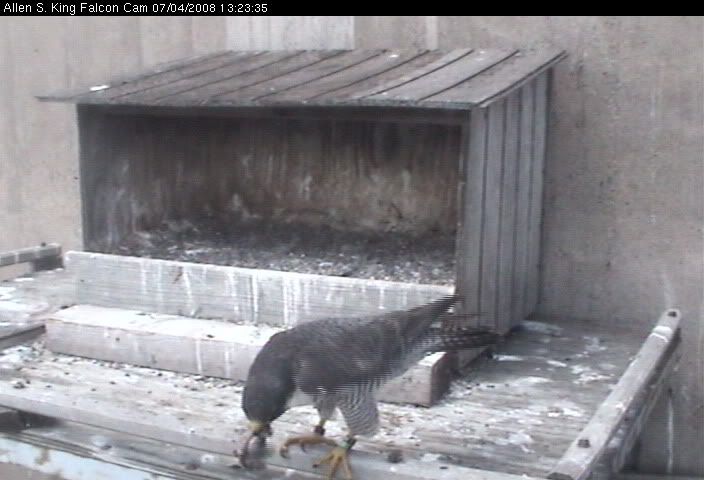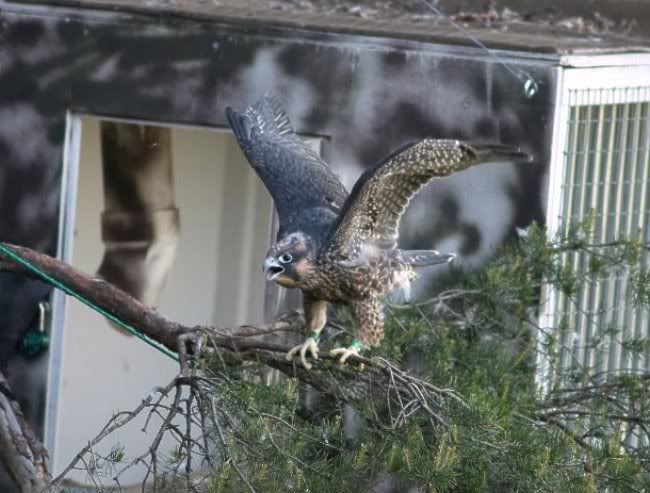
One of the first nestsites that had little eyases this season was the one in James River Bridge.
This nestsite is part of the 3 VA Center for Conservation Biology ones in Virginia. The survival rates of the chicks that reared in bridge nests is very poor. Peregrine falcons however keep on nesting om those dridges no matter what. Many eyases fall down and die or drown at fledging.
Because of this these eyases are excellent candidates to be hacked. And so the 3 JRB eyases where not returned to teh nestsite after banding.
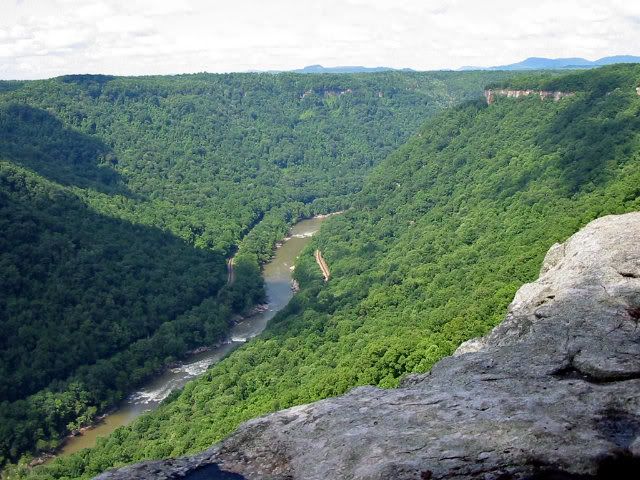
The stress of the parents was very disturbing and horrible to watch. But many dead eyases is no option either. The eyases where taken to the New River Gorge. And I'd love to tell you a bit more about this project.
National Park Service (NPS) and WV Department of Natural Resources (DNR) biologists are ‘hacking’ peregrine falcons within New River Gorge National River as part of a restoration program for the species.
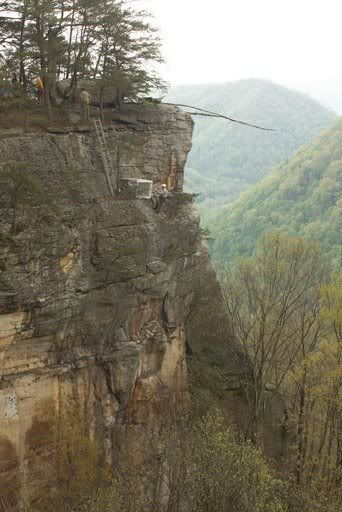
HackingHacking is the process of placing young falcons in a structure and caring for the birds in a manner that minimizes human exposure until they are mature enough to fly,” explained Matt Varner, NPS wildlife biologist. “The artificial aerie or hack box simulates nesting and feeding conditions on steep rock cliffs – prey is dropped into the box through a tube so the birds don’t see or associate people with the food. This cage-like structure protects the birds from predators during the pre-flight period while allowing them to acclimate to and imprint on the Gorge. When they are ready to ‘fledge’ (fly), they are released from the box, but will return for occasional feedings until their hunting skills allow them to survive on their own.”
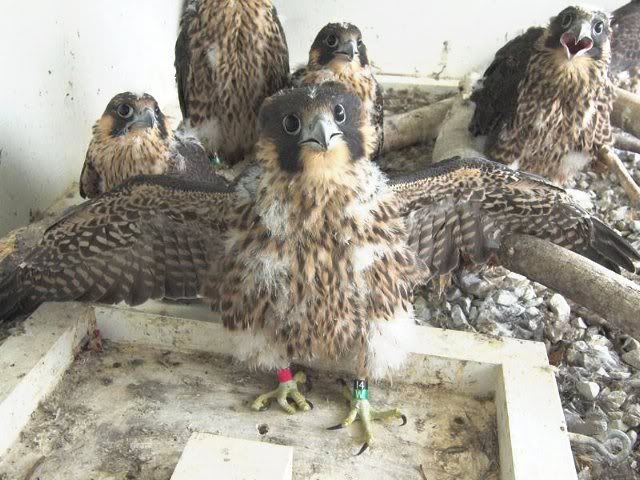
To begin the restoration project at New River Gorge National River, young birds will be taken from nests built on bridges in Virginia, New Jersey, or Maryland. Hacking experts from the Center for Conservation Biology at the College of William and Mary (CWM) in Williamsburg, Virginia (VA) will perform the nest removals and transport of the nestlings to West Virginia. “Now that the young falcons are in the Gorge, biologists, rangers and volunteers are staffing a daily feeding and observation schedule. The Three Rivers Avian Center and the Access Fund are also providing assistance.”
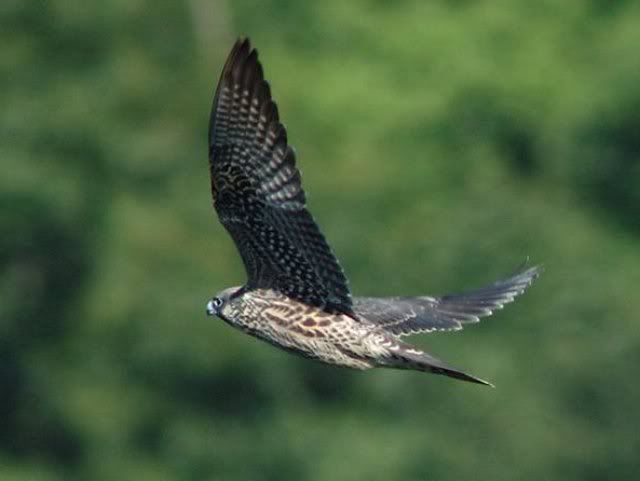
“Our ultimate goal is for the released birds to become imprinted on the New River Gorge and, once they are sexually mature, to return here to nest. The returning falcons may also attract other migrating falcons, allowing the gorge to become a center of peregrine falcon nesting activity and a source of falcons to re-colonize other portions of their historic range in the central-Appalachian region.”
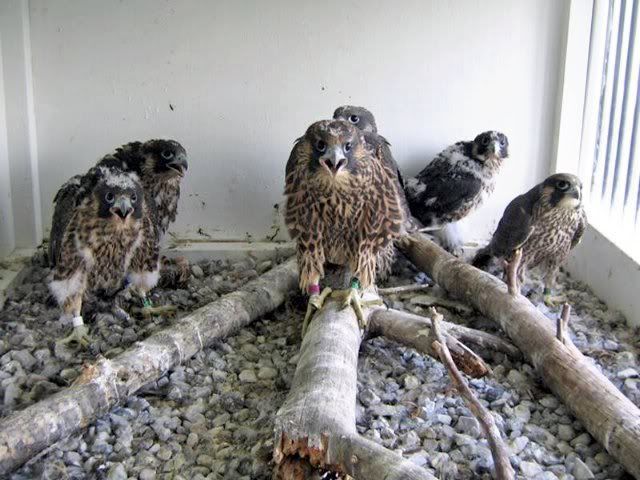 History
HistoryThe New River is like a ribbon tying together all the people, places and events sharing its course through time. New River Gorge National River protects a rich variety of this history: from the subsistence lives of the native peoples and the later pioneers, to the coming of the railroad and the many peoples involved in the ensuing boom and bust of the coal mining and logging industries. You can visit the remains of the former boomtown of Thurmond, retrace the path of pioneer Mary Draper Ingles amazing journey, learn of the legend and the facts of the "Steel Driving Man", John Henry, or read the oral history of an immigrant coal miner from the 1800s.
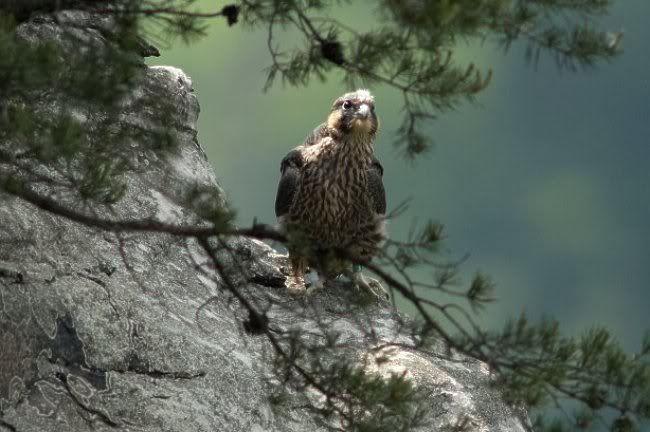 Nature
NatureThe New River within New River Gorge National River flows from below Bluestone Dam, near Hinton, West Virginia, to just north of the U.S. Highway 19 bridge near Fayetteville, West Virginia. On its journey through the gorge, the New River passes through an extensive geological formation. Emergent rocks, rock outcrops, trails and coal mines are found to provide diverse habitat producing rich and abundant flora and fauna species. In the gorge, there is typically a 1000 feet difference in elevation between the river bottom and the adjacent plateau. The New River dissects all physiographic provinces of the Appalachian Mountains, and therefore is believed to be a corridor facilitating the movement of southern plant and animal species into West Virginia. In addition to serving as a refuge for some species, New River Gorge provides a geographical barrier that limits the east-west distribution of other species. This portion of southern WV falls within the Mixed Mesophytic Forest Region. Recognized forest types in the three park areas include oak-hickory, mixed oak, oak-maple, oak-yellow pine, hemlock-hardwoods, northern hardwoods, cove hardwoods, and bottomland and floodplain hardwoods.
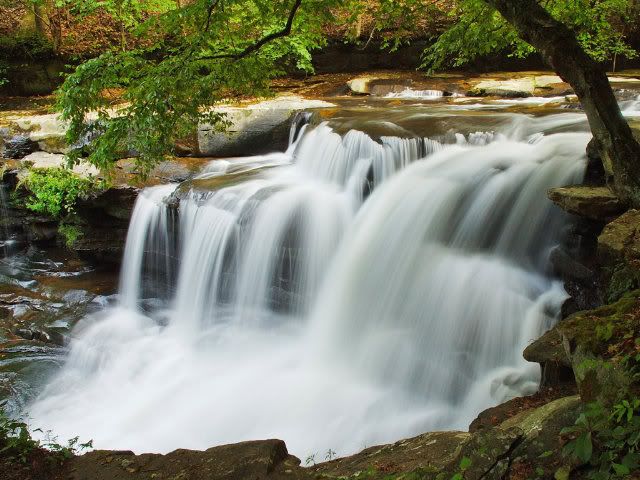 2007
2007In 2007, 24 nestling peregrine falcons were released over the course of three separate hacks. This effort marked the largest release of peregrine falcons from a single site in the species’ recovery history. A 100% success rate was observed using the 14-day criteria, which is phenomenal given the number of falcons that were released. In fact, only two falcons dispersed before being on the wing for 30 days (i.e. 27 and 29 days). Additionally, one falcon from the 2006 release was observed in NERI for nearly a week before dispersing out of the area.

Photo's are courtesy of Gary Hartley who is one of the Head Park Rangers.
Thank you Gary.
